A few days ago, I finished 8 days of trekking through Torres del Paine National Park in Chile with Chris, who looked increasingly like a handsome wizard as the (in)famous Patagonian wind picked up. We did the O trek, which includes the shorter and more popular W trek but turns it into a loop.
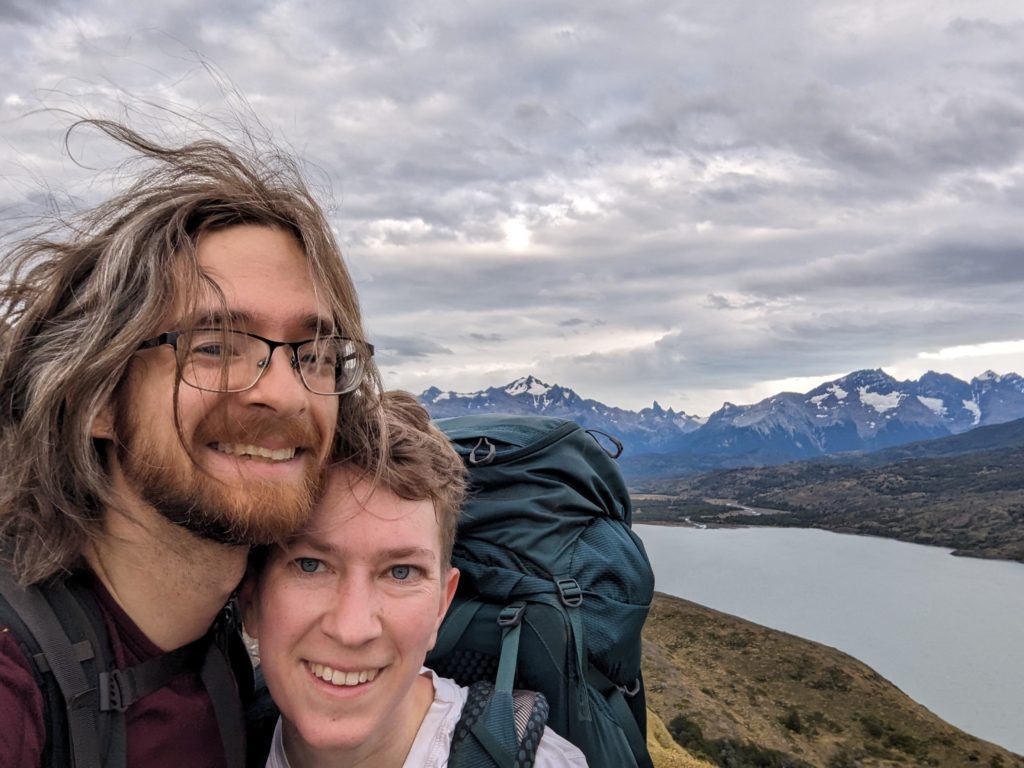
Along the trail, we camped at refugios, which ranged from a small building or two with a few snacks and drinks for sale, to full on lodges. The O trek only goes in one direction, so we saw many of the same people at the refugios each evening and made new friends from all over the world!
Even though we carried our own tent, the refugios made things significantly more comfortable than most backpacking trips I’ve done. All but one had hot showers! You had the option to buy dinner at the refugios (for a significant fee) or make your own in the cooking shelters, which were tents or buildings with water and sinks for washing dishes nearby. It would be easier to repeat the trek with a lighter pack when my knees are a few decades older if I were to rent the pre-set-up tents and cushy sleeping pads at each camp or stay in the bunk rooms in the refugios.

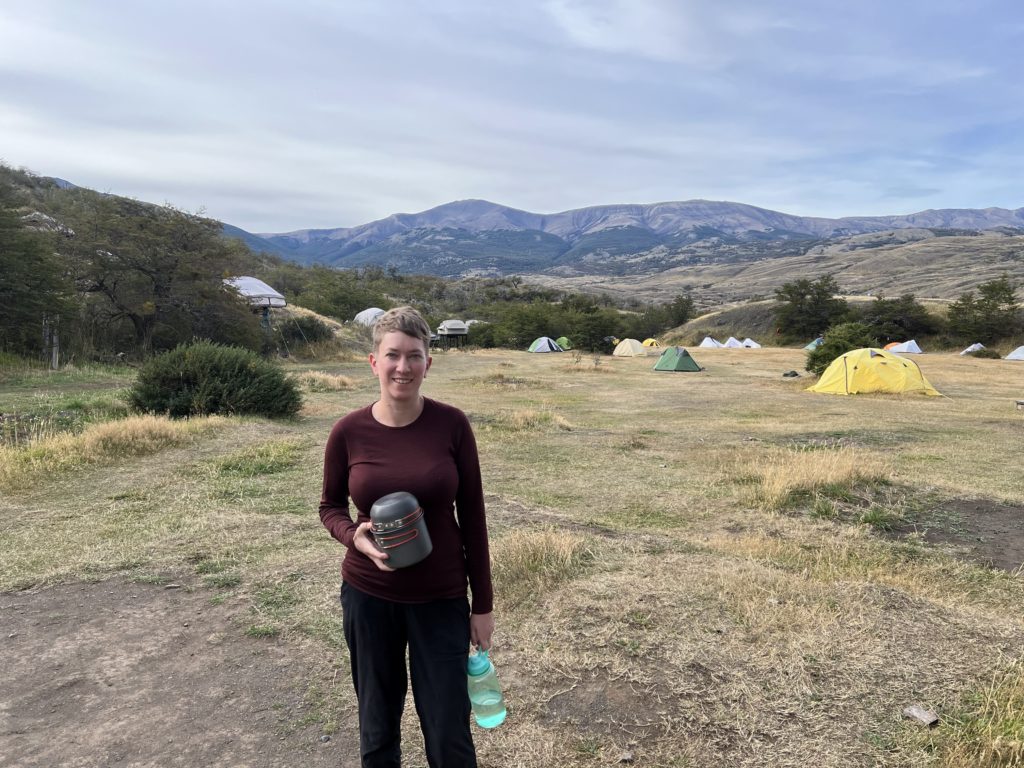
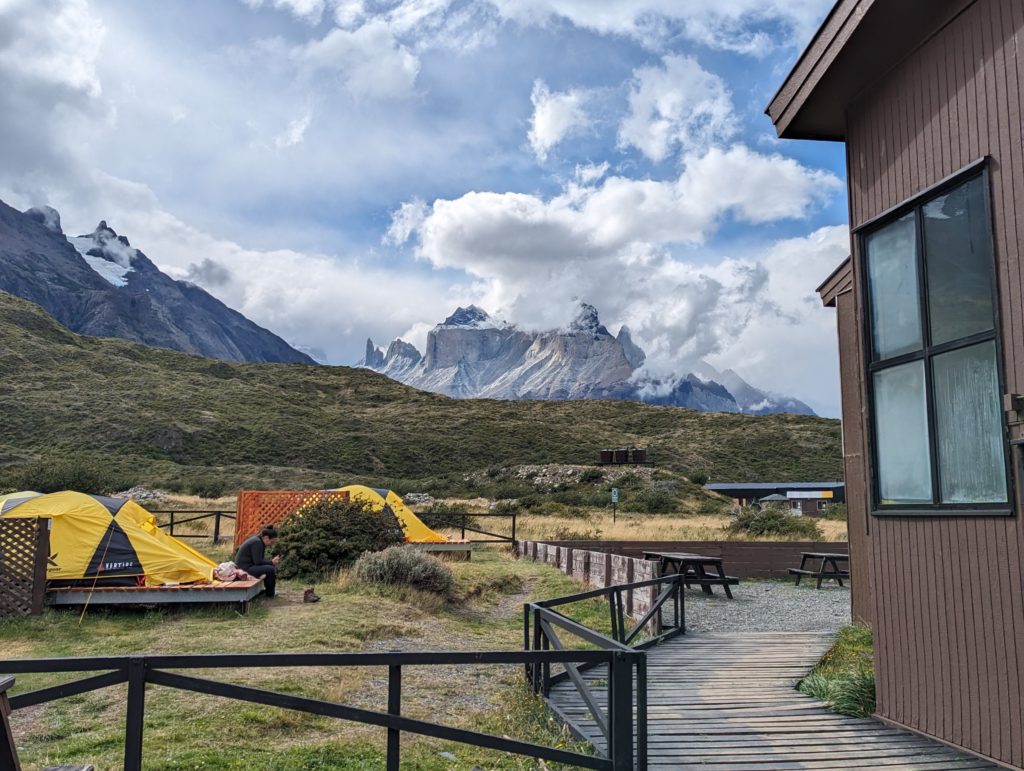
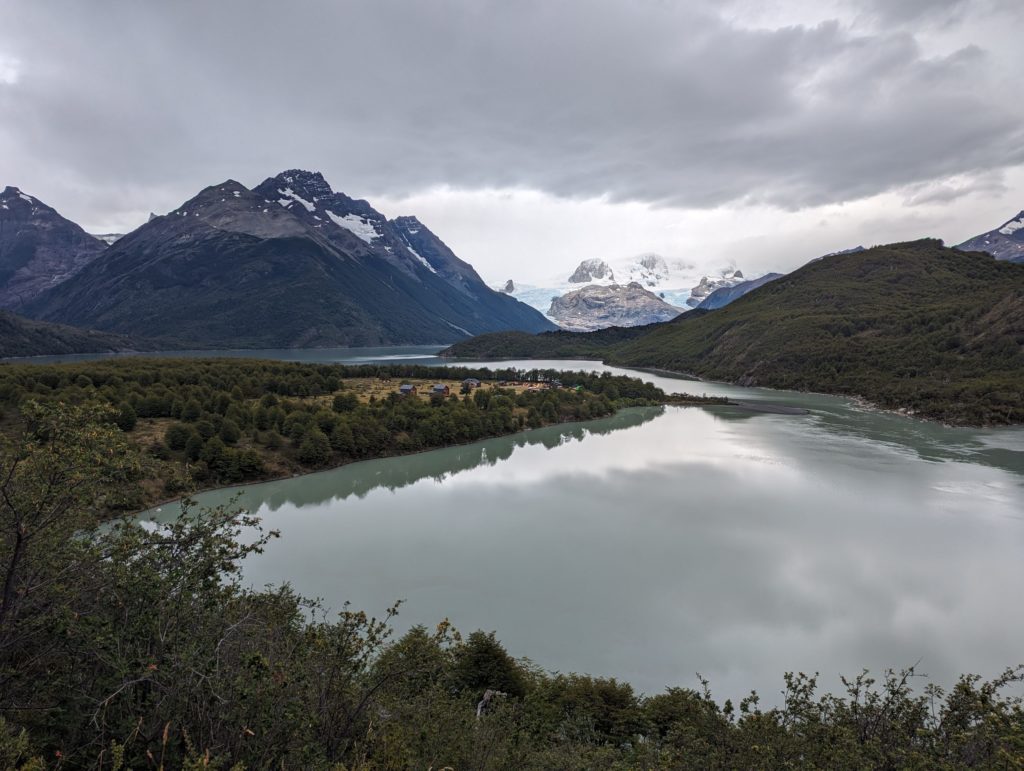
That said, some portions of the trail were pretty tough on the knees! We were all a bit worried about getting good weather on the day we summitted the John Gardner Pass, which was estimated to be about 4 hours uphill and 6 hours downhill (accurate). The downhill portion had a lot of steep steps, and I was using my hiking poles heavily, lowering the worse knee first, and taking some ibuprofen at night. That said, it was a beautiful day, and looking down on the enormous Glacier Grey from above was breathtaking. It’s hard to see the scale of this thing, but we kept stopping to take basically the same photo for the umpteenth time.
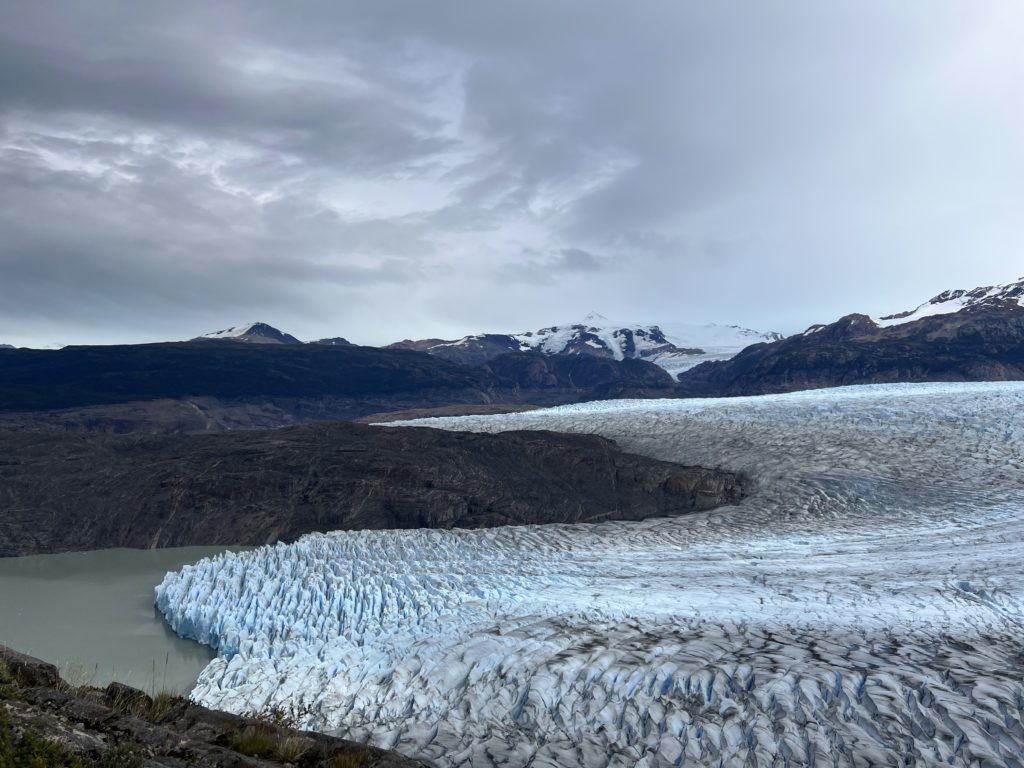
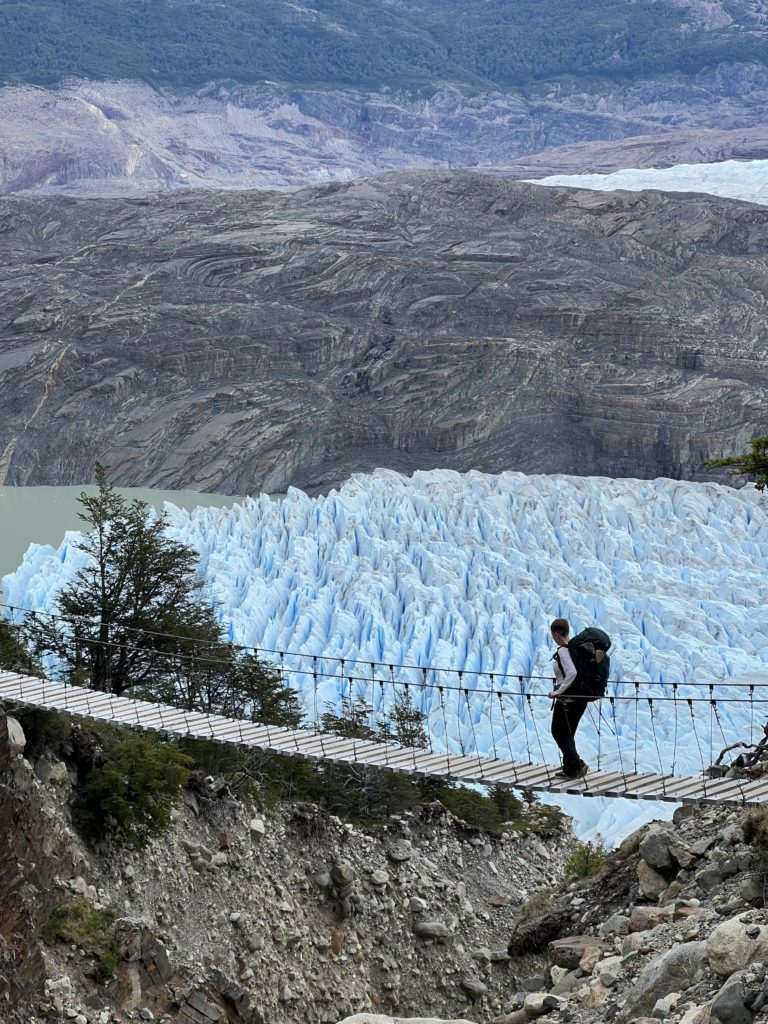
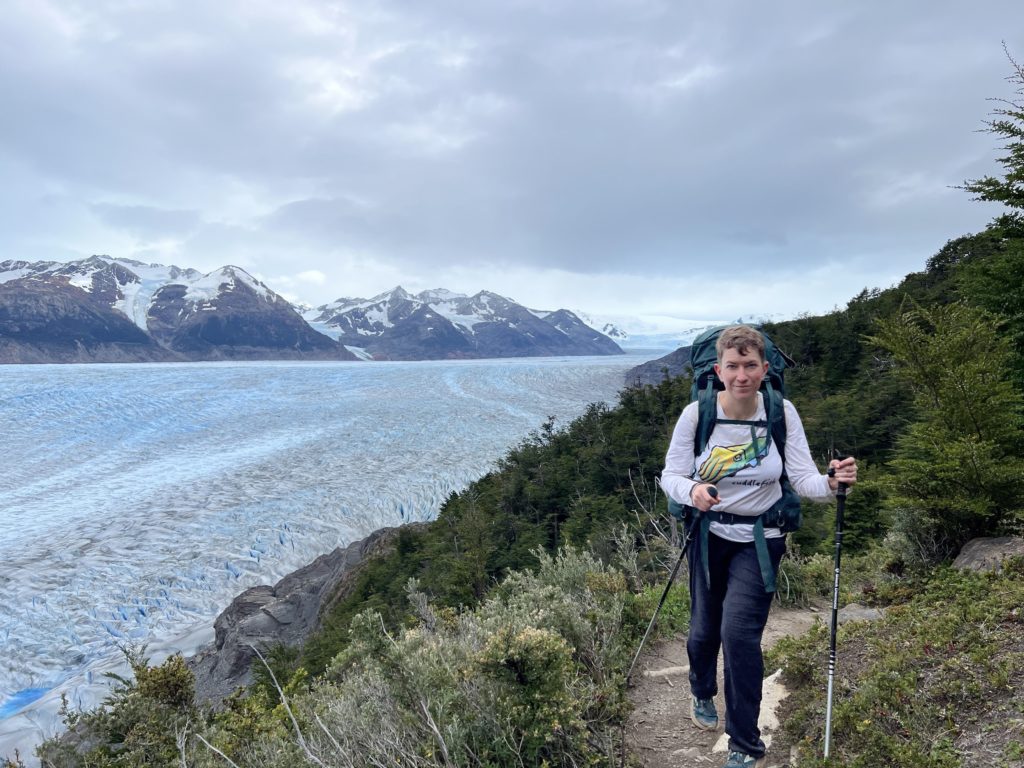
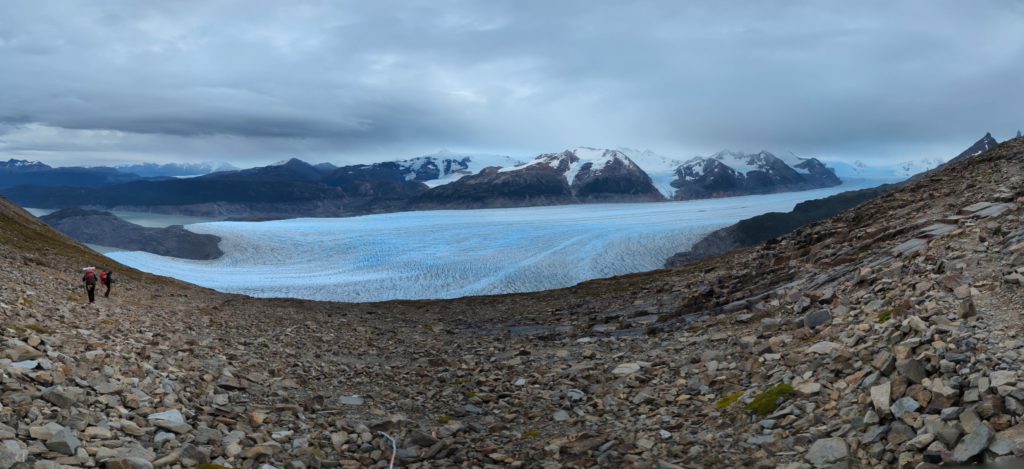
On our 5th night, we got to experience the wind firsthand. Each refugio updated their region’s weather forecast regularly, so we were expecting and dreading the 41 km/hr sustained wind with 97 km/hr gusts. We brought practically everything into the tent and switched our orientation so the ceiling wasn’t blowing into our faces while we attempted to sleep, but it was still pretty hairy. The gusts blew both guylines on the windward side slack, but the structure held. We got out of camp before the gusts peaked the next morning, and there were a couple of times on the trail when we got blown into adjacent bushes or just had to stop and dig the poles in for half a minute. That said, the light was gorgeous on that day – we saw rainbows, clouds moving quickly through the mountains, and whitecaps that lifted up to become clouds of mist blowing off the lake.
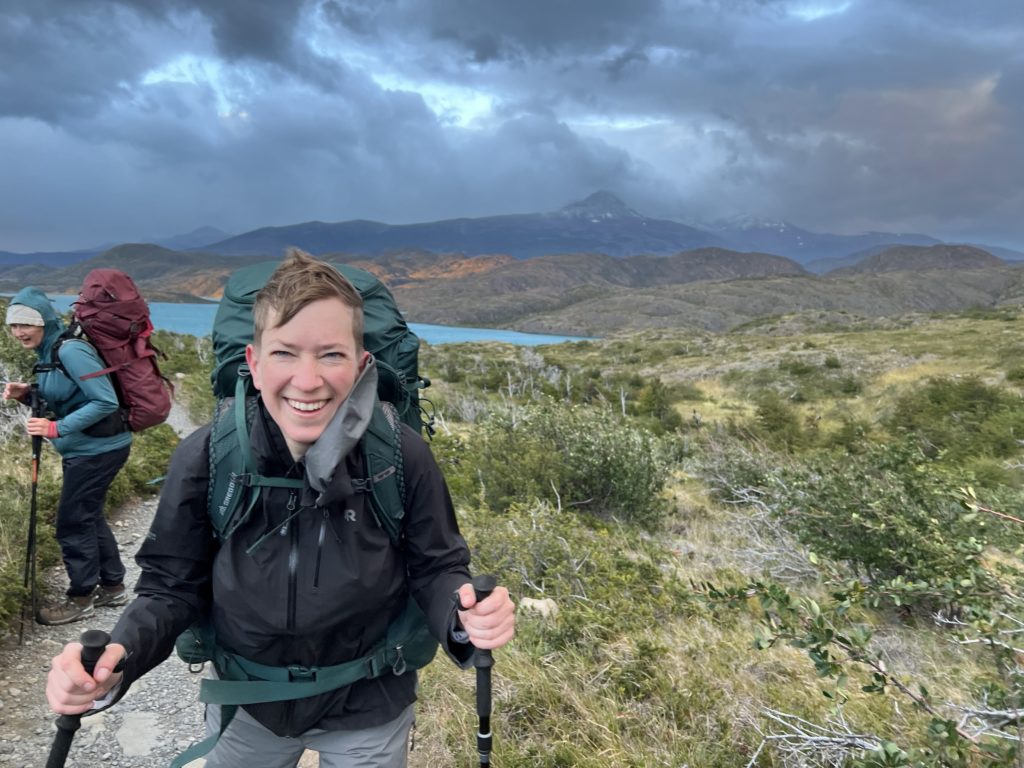
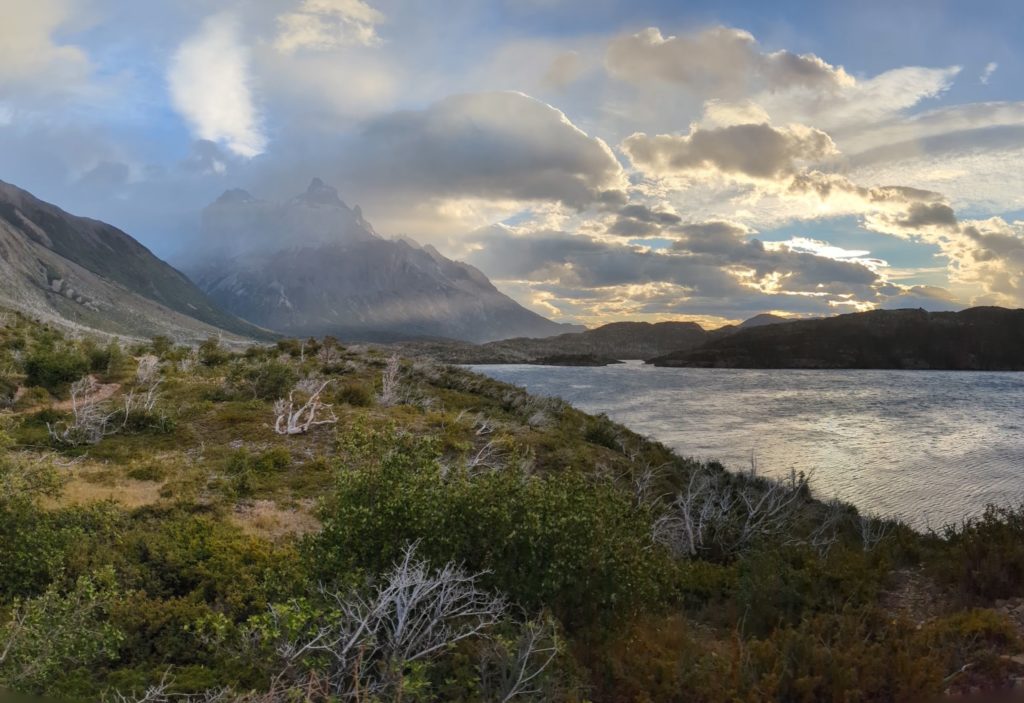

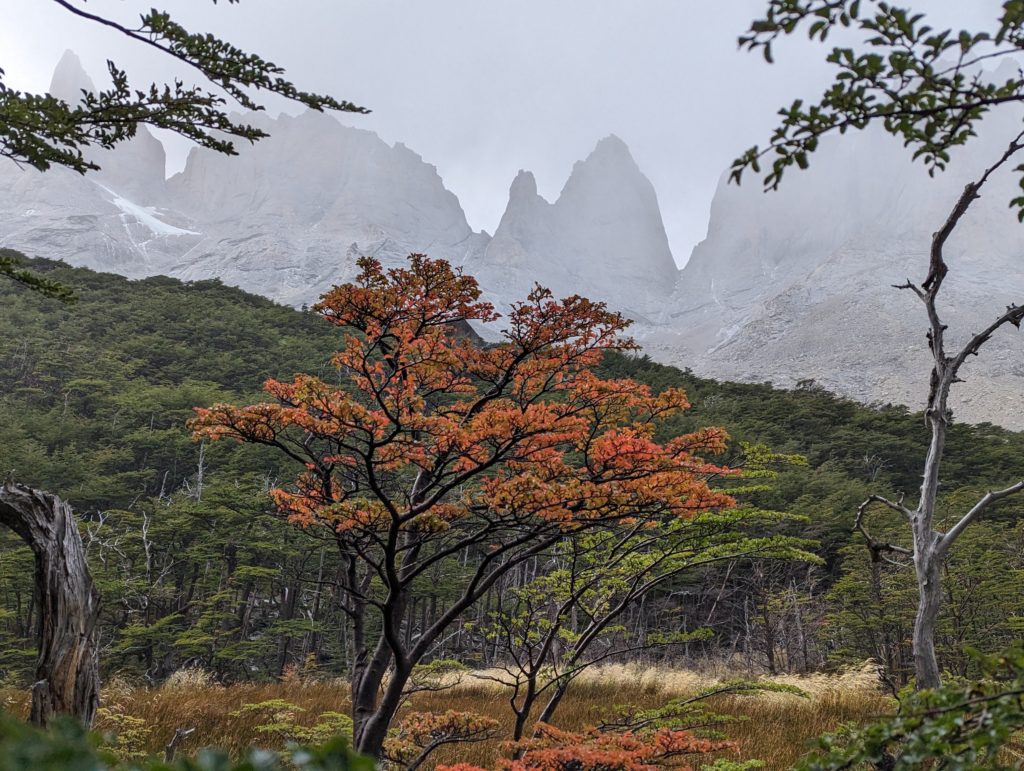
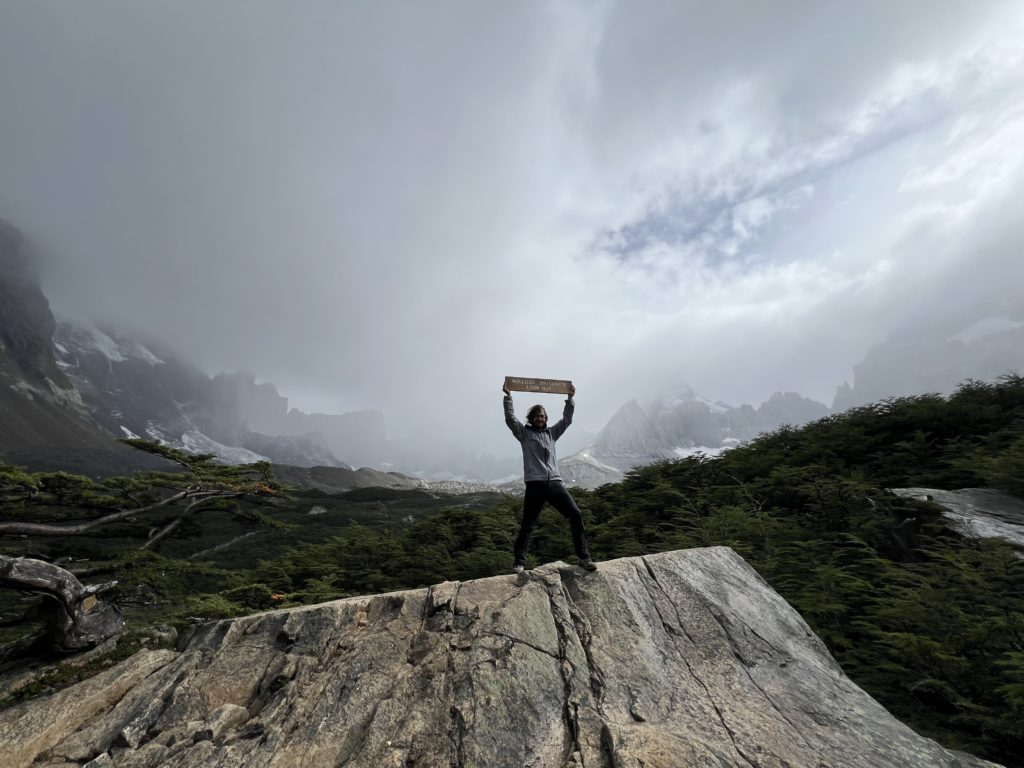
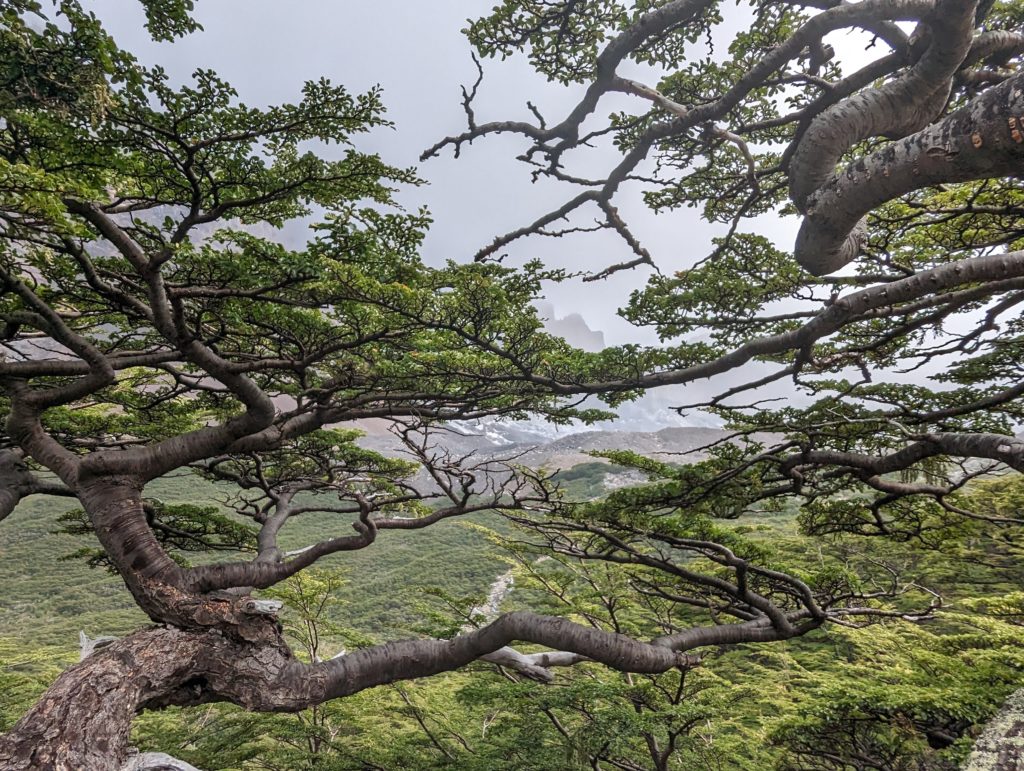
On our last night, we stayed at Camp Central, while most of our fellow O trekkers went a bit farther to Chileno so they could do the Base Torres day hike, the last leg of the W, in the morning before catching the bus. We thought about skipping it, but the weather looked clear, so we got on the trail by starlight at 4:45 am and did 14 miles out and back. Light was peeking over the mountains when we got to the patch of snow and sign that said we had 1 km left. I’m confident that “last kilometer” was 2 or 3, and it was all clambering over rocks and snow with freezing hands just as day broke, but we made it to the top and it turned out almost all our trail friends were there!
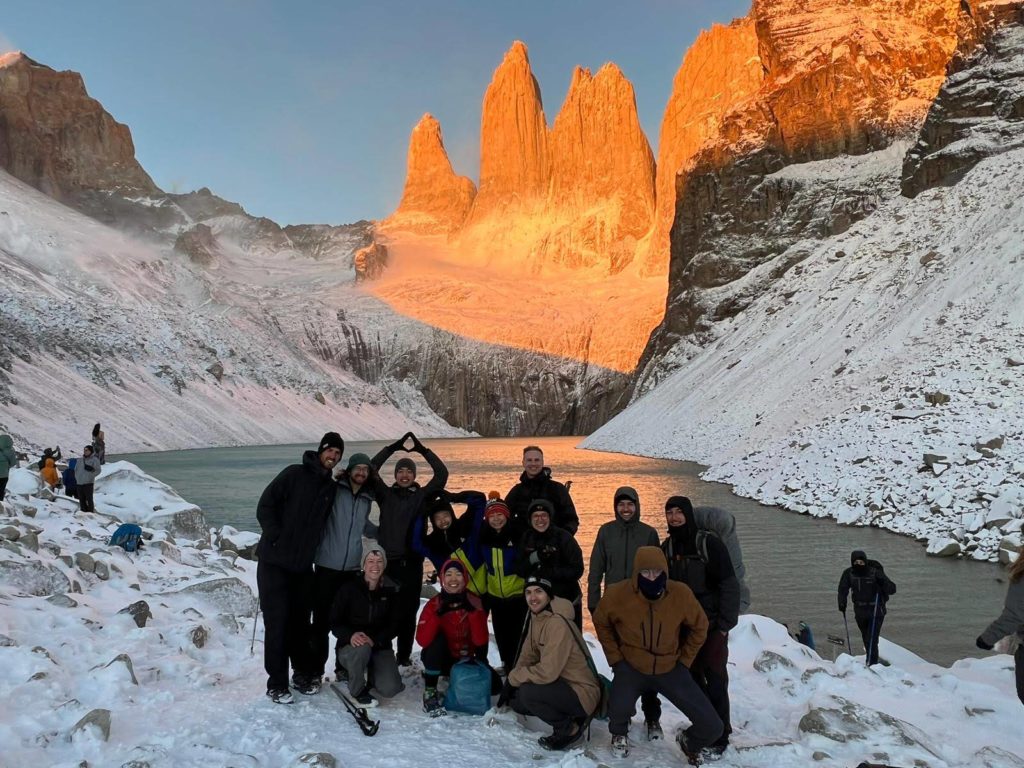
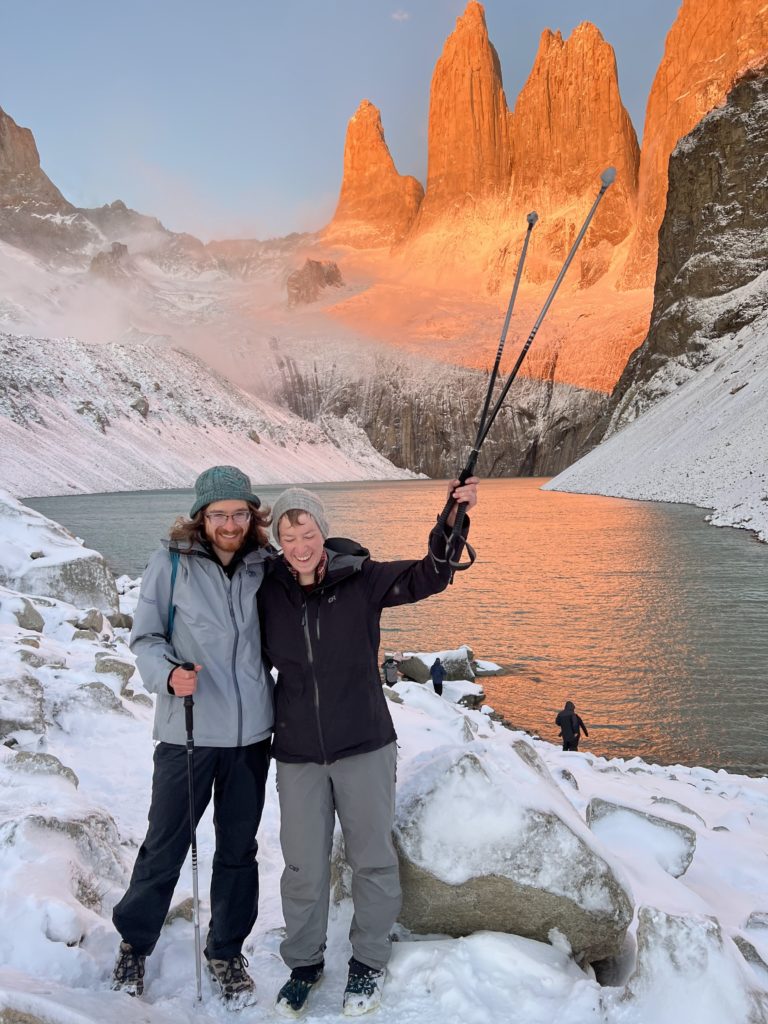
If I were doing this again, I would be tempted to pay for the rental tents and pads to reduce pack weight and sleep a little better. It’d be tempting to buy more refugio meals, but we really enjoyed socializing in the cooking tents, which had a very different vibe. We ate 4 refugio dinners and made 3 ourselves (and all our breakfasts), and it seemed like most of the people eating in the refugios spoke English, and probably more than half of the people who cooked spoke Spanish. We tried to translate between groups a few times, but language barriers can be tricky to navigate, and it felt like there were definitely some economic factors that fell along the same lines. It feels a bit hypocritical, because I’m coming from a super privileged place, but I don’t want to limit myself to only interacting with other people who are in the same boat (even though they were excellent people!). I realized that I definitely respect myself more for having spent some time working on my Spanish, and it made me want to study up on language at least a little when I visit new places in the future.
I was also a little surprised at how different the environment was throughout the trek! There was definitely a wet side and a dry side of the mountains, no matter how much these spiky bushes resembled fluffy balls of moss. The dry side reminded me of the Snake River Valley, probably in part because of the pack horses that occasionally ran by to help resupply a few of the refugios.
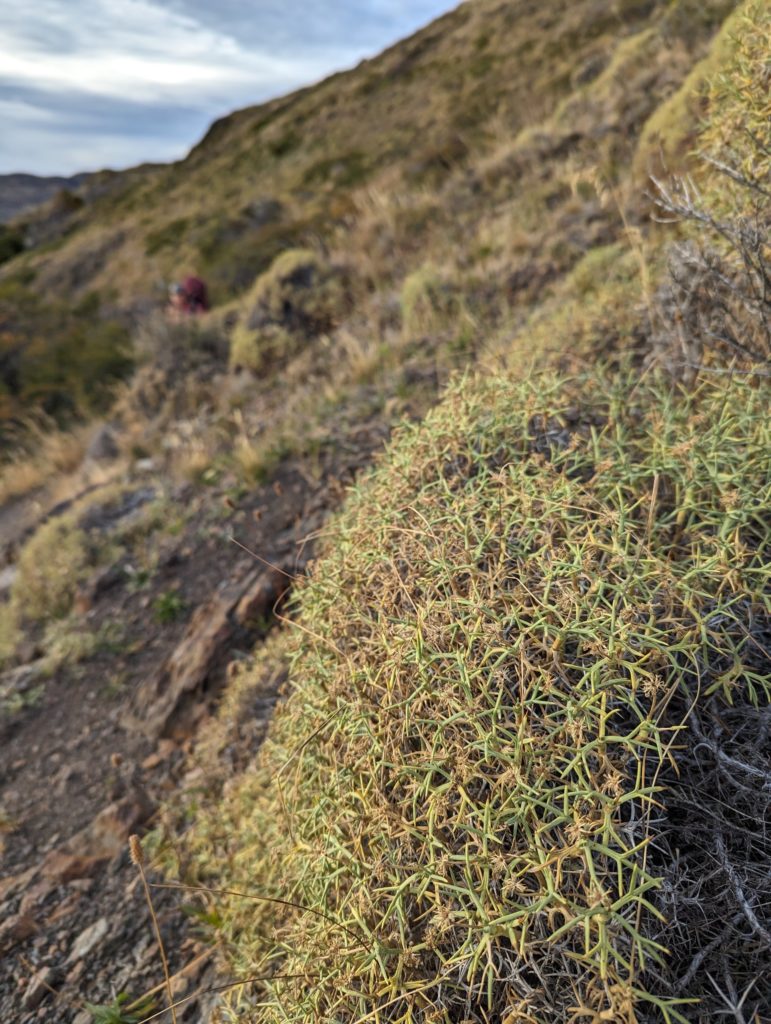
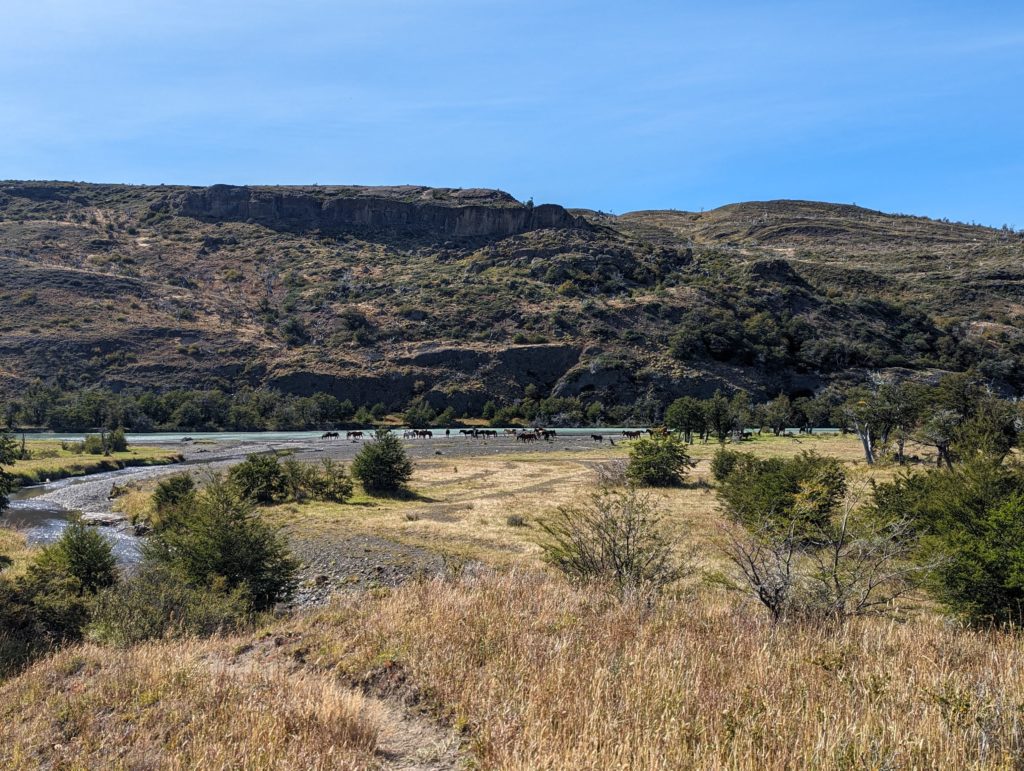
All in all, this was an amazing trip. I am fascinated by the plants, animals, lichens, and fungi of Patagonia, and I definitely want to come back.
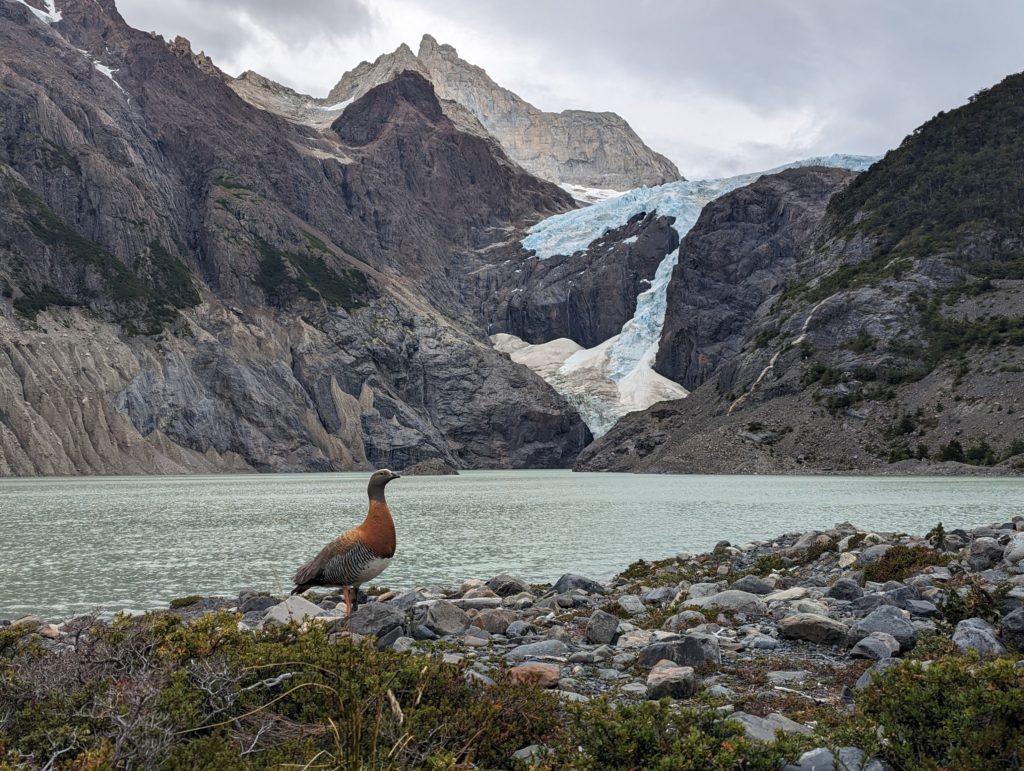
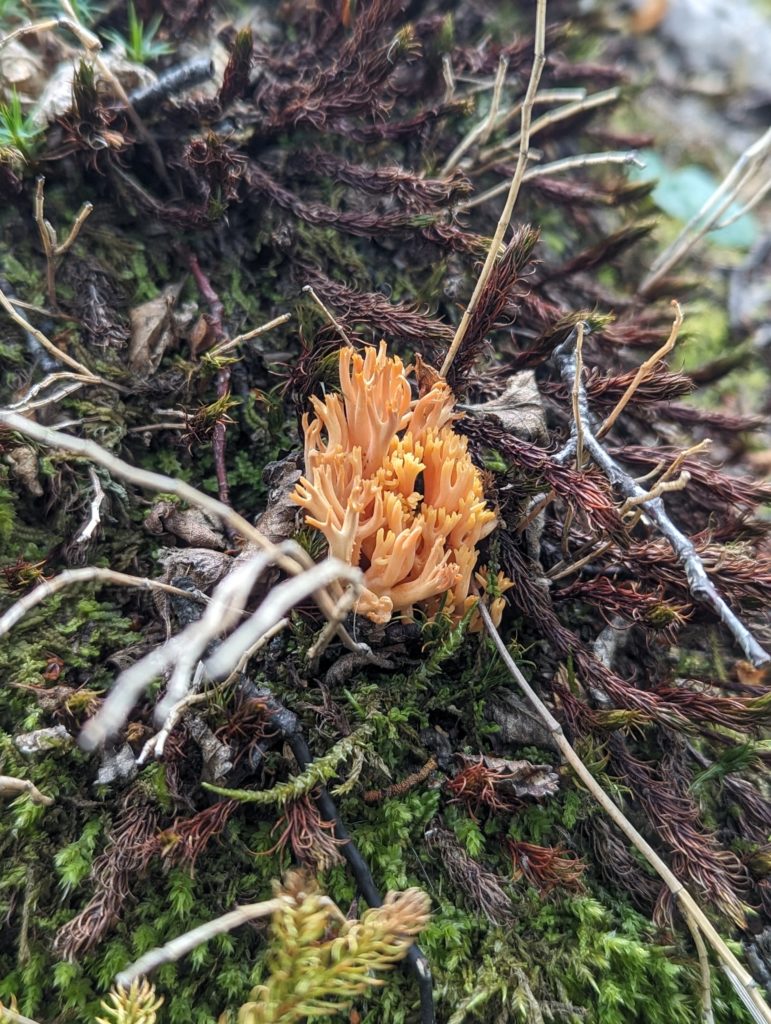
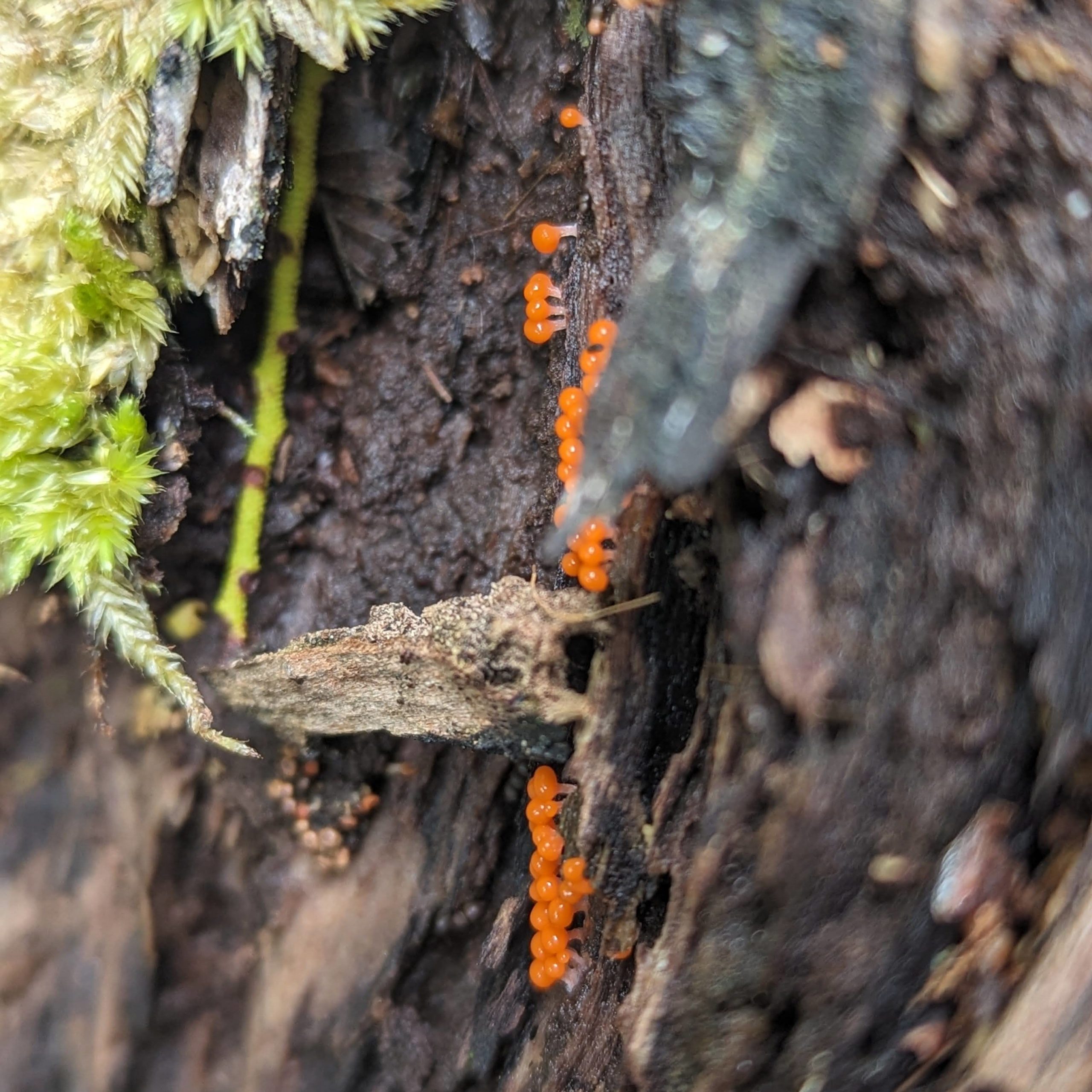
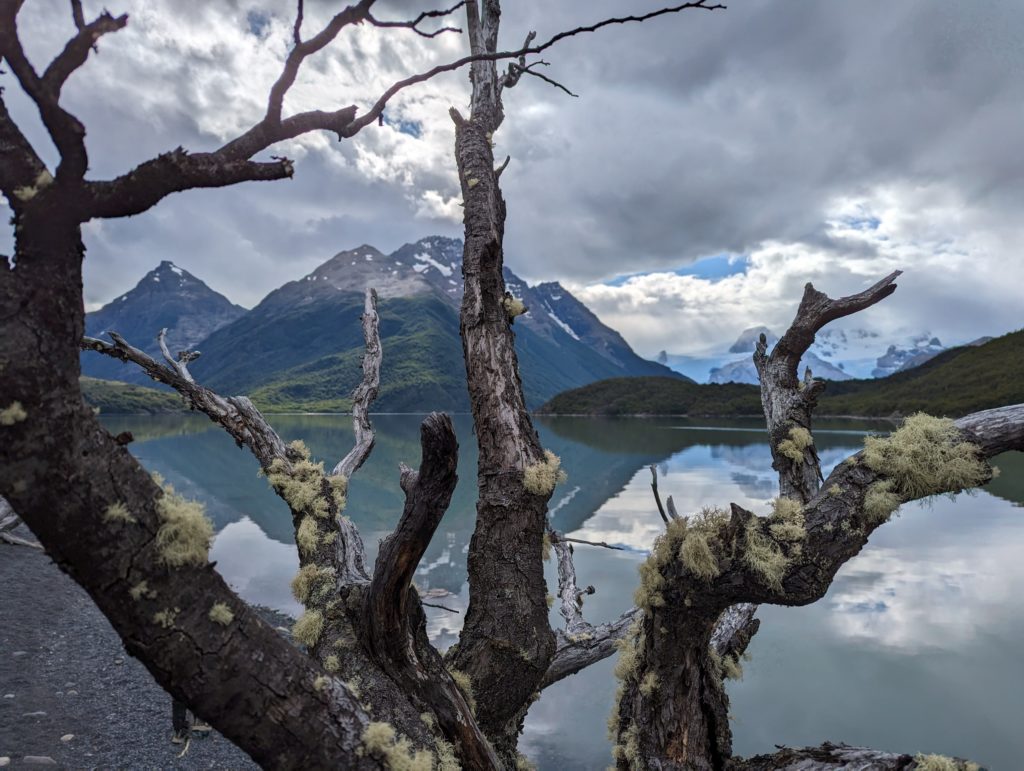
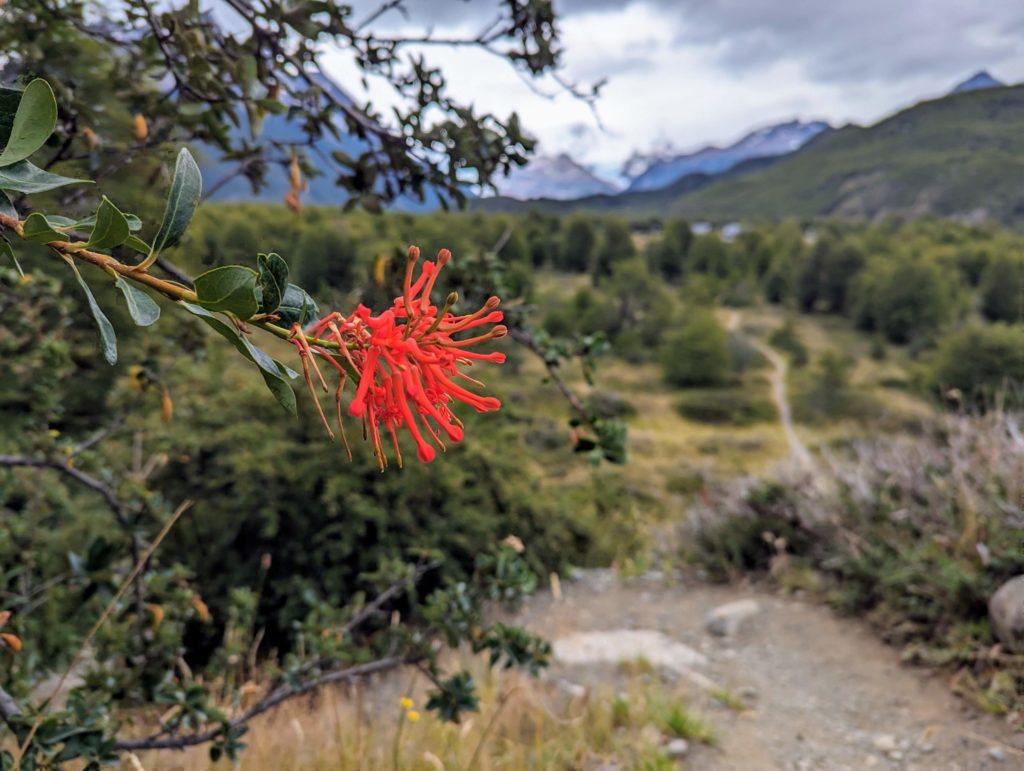
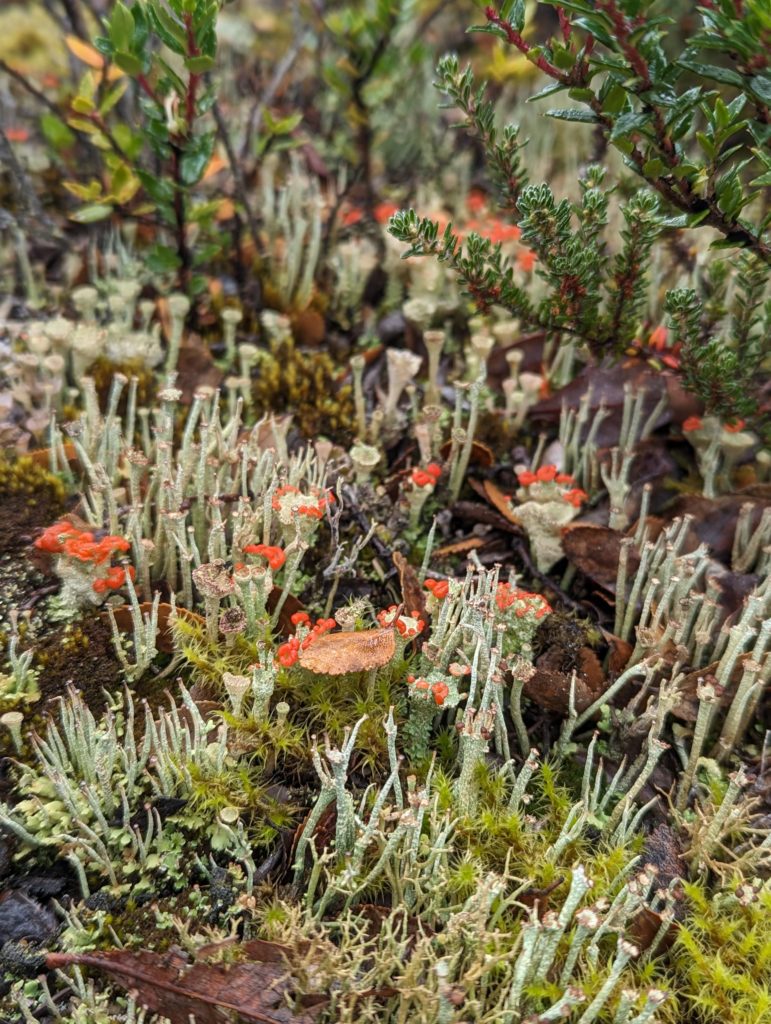


1 COMMENTS